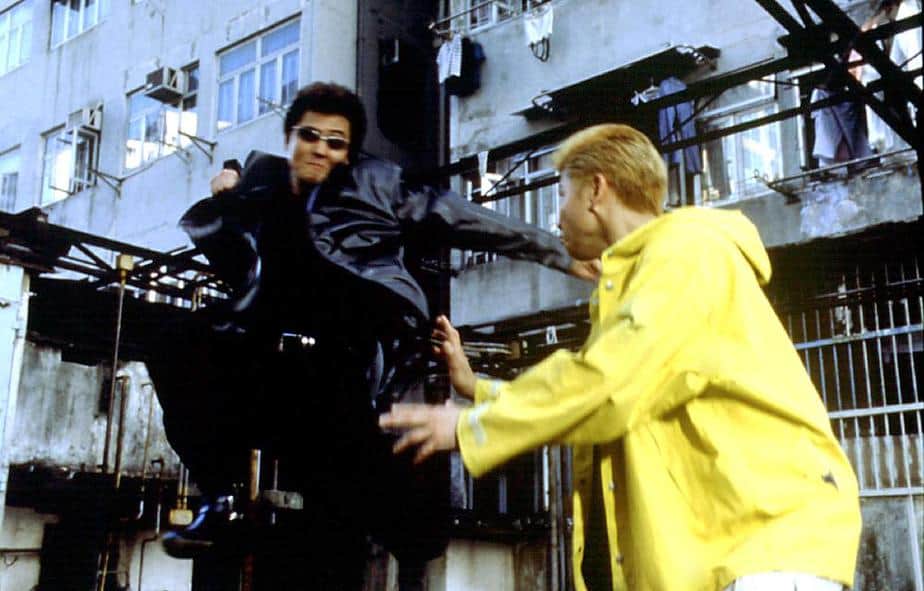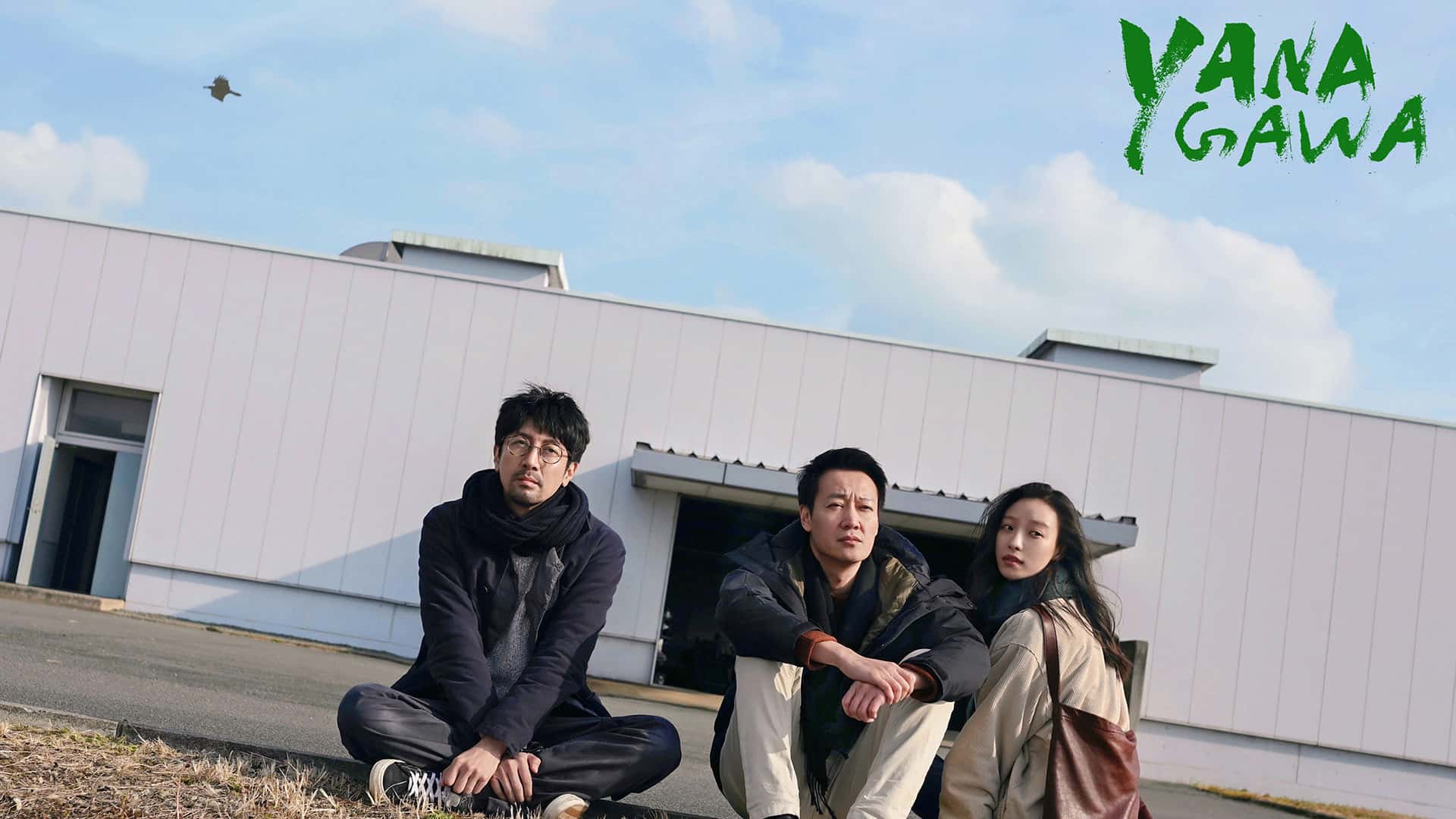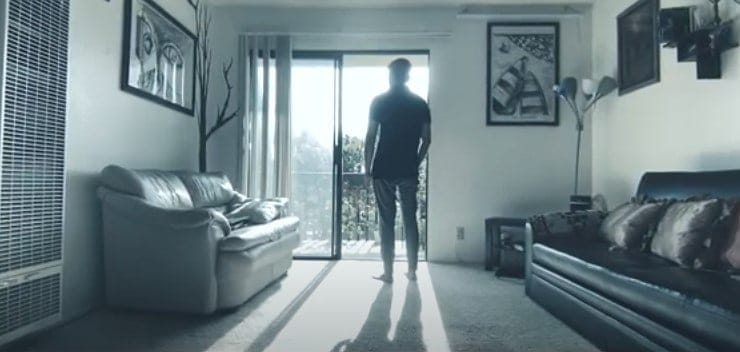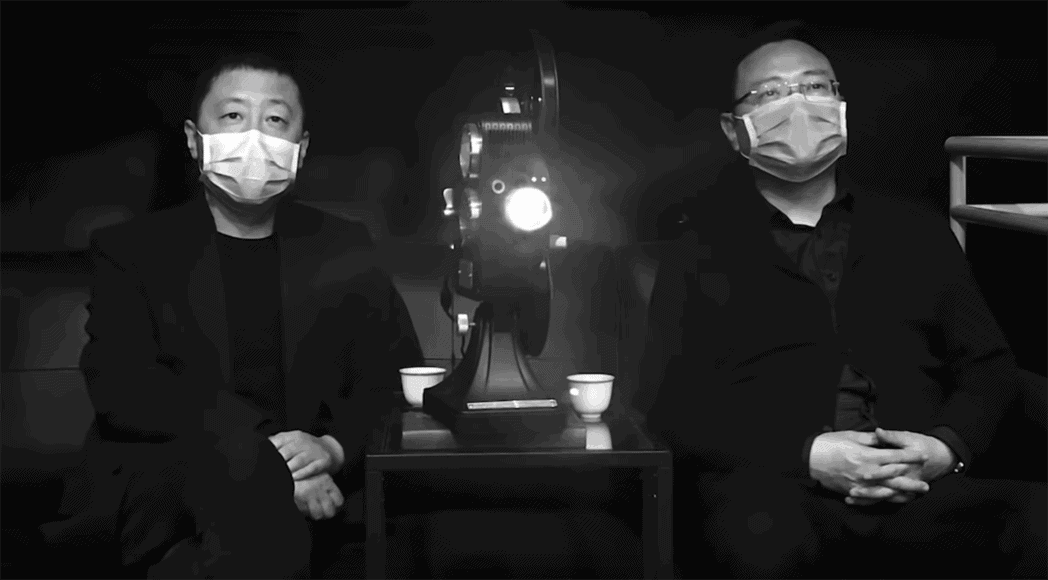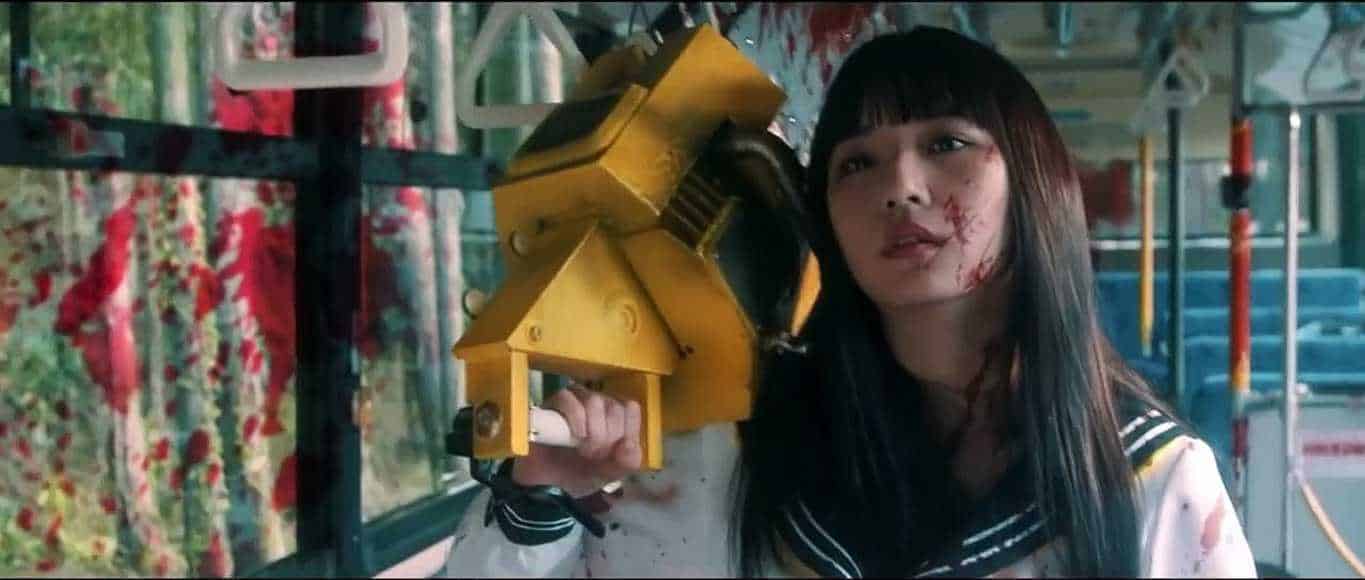The third part and final part of the trilogy, follows the basic rules of the other two, having Ryo Ishibashi and Sho Aikawa in the protagonist roles and no other connection in terms of story, since this one takes place in the future.
Buy This Title
The setting is Yokohama (although the film was actually shot in Hong Kong), a city which, in 2346, has closed its borders completely, essentially becoming a city-state. Furthermore, Mayor Wu runs it as a dictatorship, with his harshest law forces the overwhelming majority of the citizens to take a birth control drug, essentially canceling births and the creation of new families. His laws are applied by a police force headed by Suzuki, an extremely harsh but very capable individual, who also happens to be a family man, having a wife and a son. As the story begins, we are introduced to Ryo, a man who is soon revealed to be a cyborg, who saves a boy from the police force, in a series of events that lead him into becoming part of a group of revolutionaries, headed by the couple Fong and Jun, who are expecting a child. The ties of the group, however, are proved to be very shallow, while an attempt to kidnap Mayor Wu eventually ends up with them taking Suzuki's son as hostage. The clash between Ryo and Suzuki is inevitable.
Takashi Miike directs a movie that, once more, pins the Chinese against the Japanese, although this time the concept is presented in a completely different fashion, mainly because the main language in the story is Cantonese, and only the two protagonists speak Japanese. Furthermore, despite the fact that their languages differ, everyone seems to understand each other, in a sign that the society at the time the film takes place in has “eradicated” the concept of ethnicity and of miscommunication due to language differences.

Another comment regards the totalitarian regimes, with Miike highlighting the extremes dictators can reach when their power is absolute, mainly by having Mayor Wu philosophizing, almost constantly, uttering extreme opinions about population, government, laws etc and through the birth control law.
Another interesting element is the fact that children are the catalysts that move the story forward, with the one Ryo saves and Suzuki's son kidnapping eventually leading to their clash.
The theme of identity does exist, although this time has to do with the difference between cyborgs and humans, with the concept providing a number of plot twists that turn the story completely upside down and kind of reminded me of “Blade Runner,” although in a completely different, more absurd level.

And talking about absurdness, the element could not be missing from this, along with the omnipresent violence, with both aspects, once again, finding their apogee in the intro and the finale. Particularly the first one, which is filled with speed, actio,n and heavy metal music is the most impressive in the film, although the last one includes the most accomplished action choreographies.
In general, Koji Endo's music is one of the film's greatest assets, with him including tracks that range from hard rock and heavy metal to jazz, while the majority of them are rather fast, fitting the pace of the movie to perfection. Along with Shuuwa Kogen's editing, who implements the mostly rapid rhythm of the movie; occasionally result in scenes that function as extreme music videos, in a style similar to “Tetsuo”, although not as intense.
Sho Aikawa as Ryo and Riki Takeuchi as Honda are again great in a similar style with the two previous productions, with the former acting as the quirky, kind of funny one and the latter as the silent, very cool guy. Their chemistry is also on a very high level, as is the one with Miike, for both actors.
“Dead or Alive 3” is a worthy finale to the trilogy, whose quality, though, I felt that deteriorated with each part, although the second one is quite different from the others and cannot be exactly reviewed in the same fashion. Nevertheless, Miike fans will enjoy this one too, despite the fact that it is definitely on a lower level that the other two.


